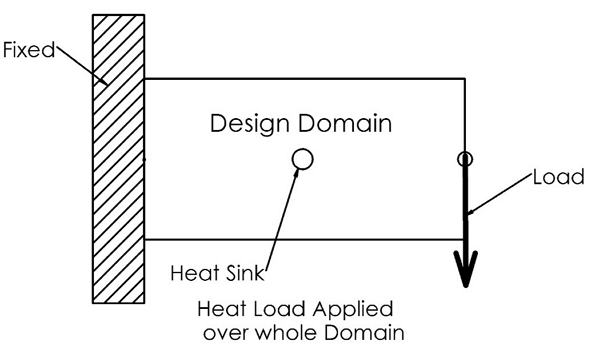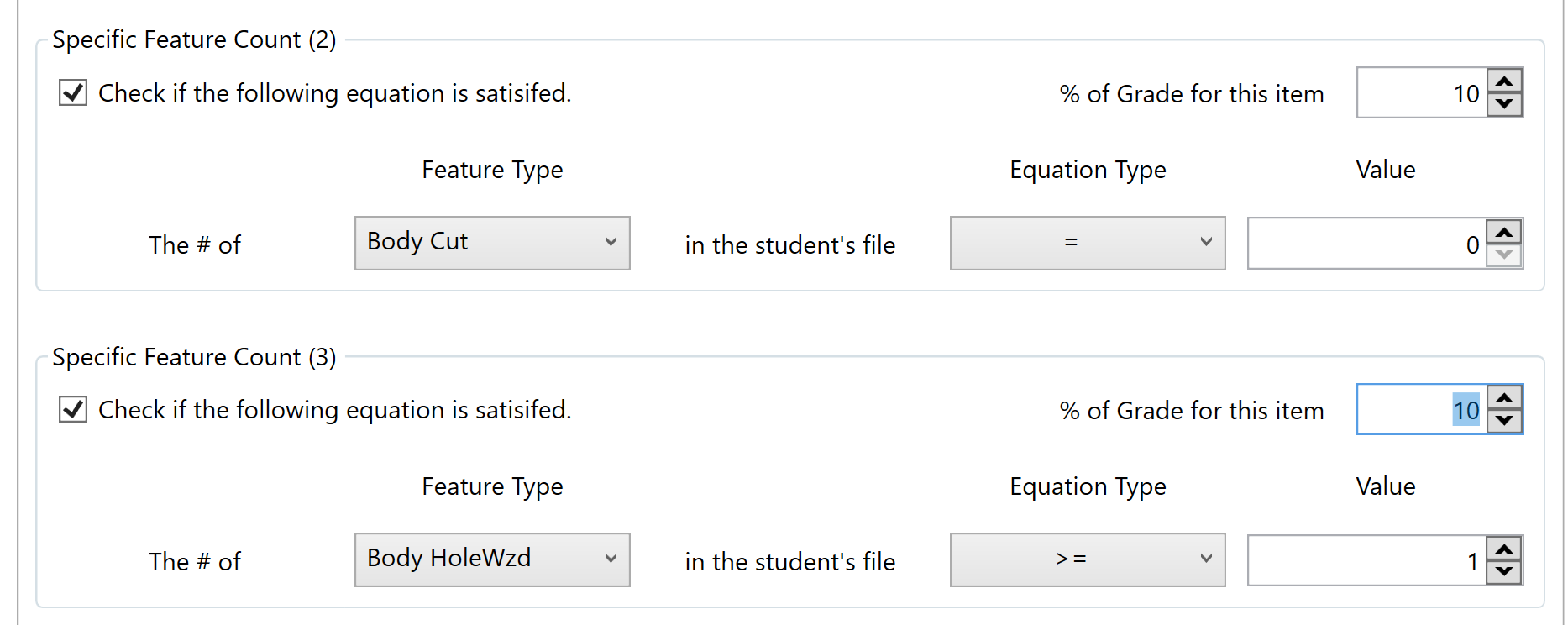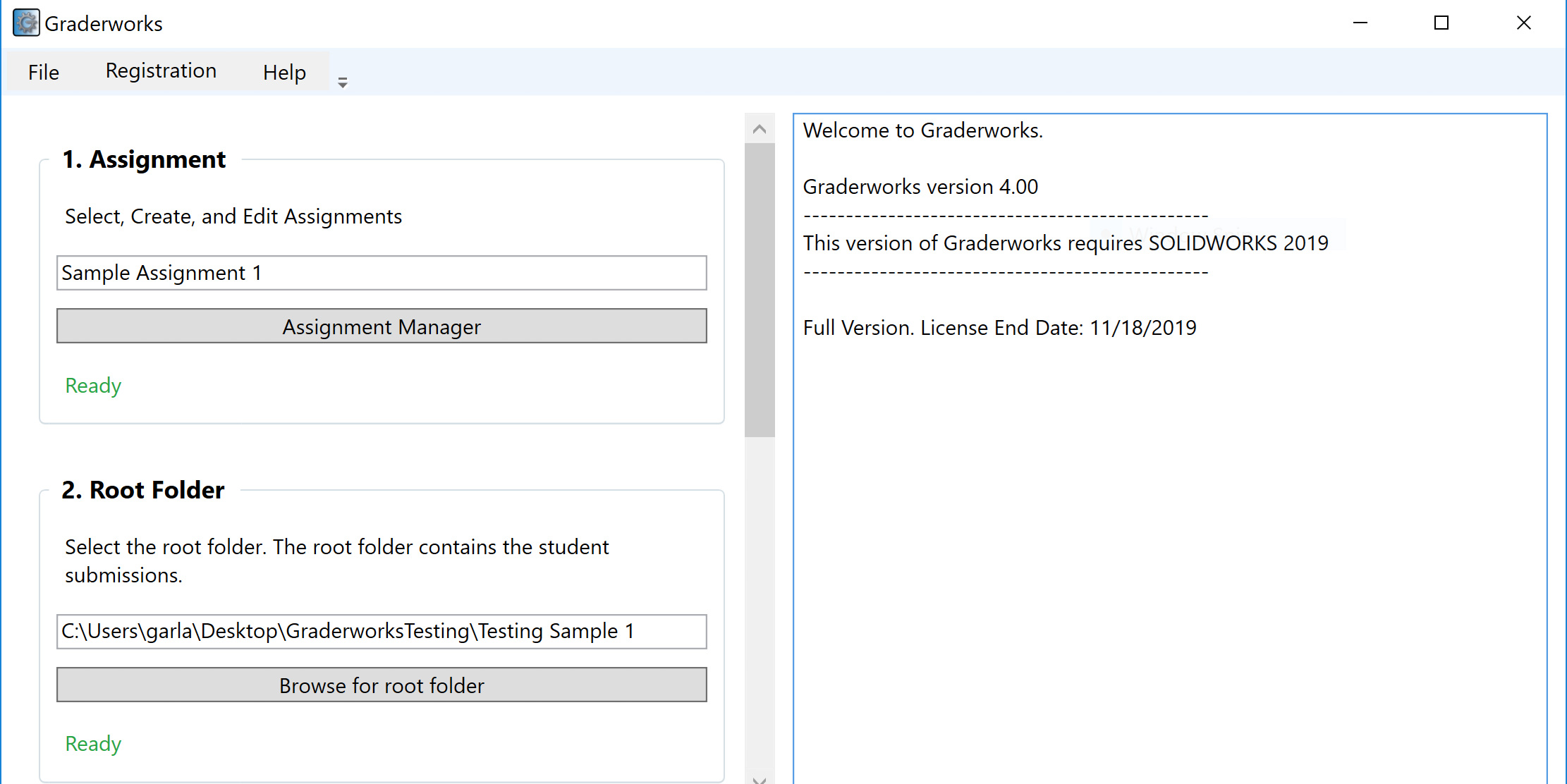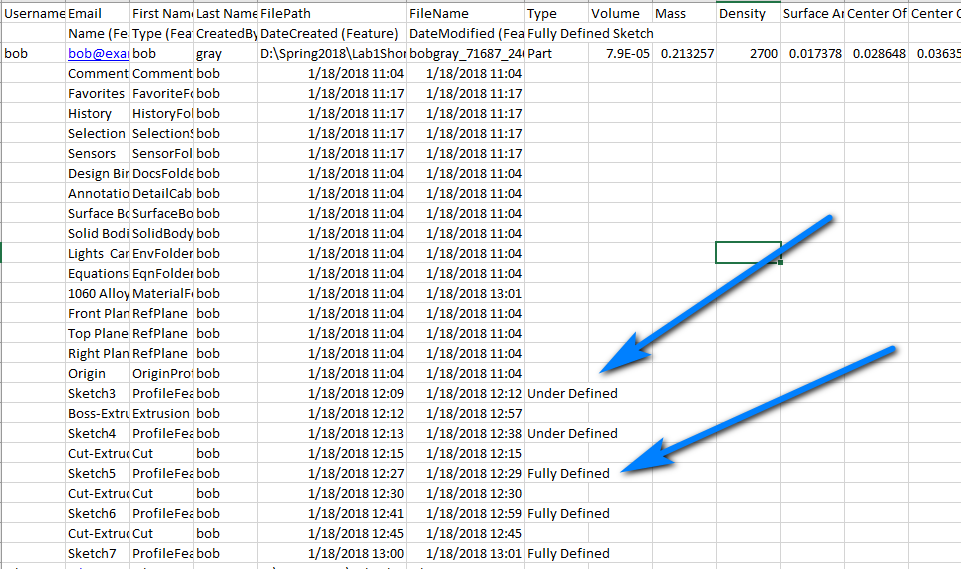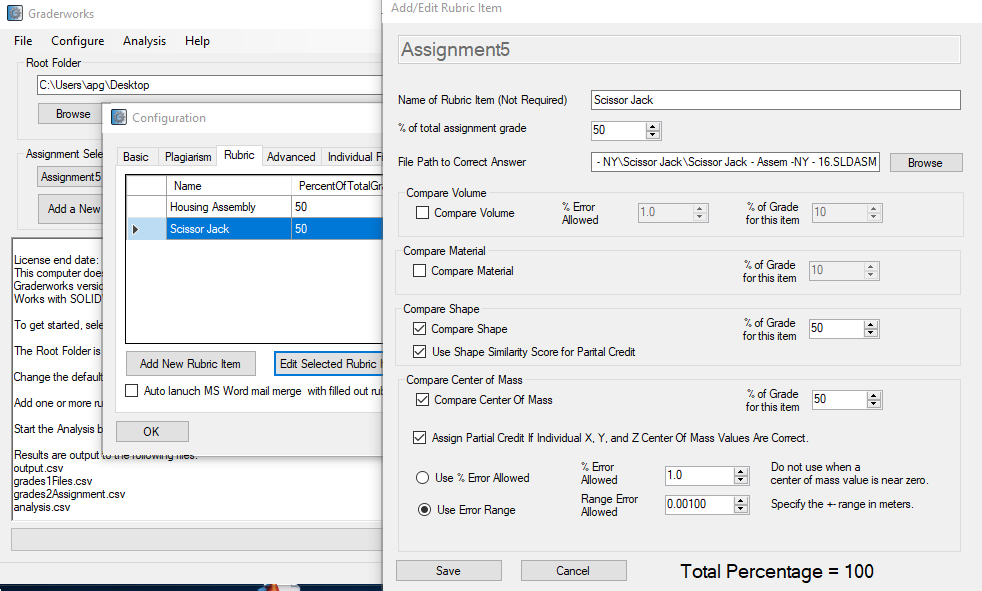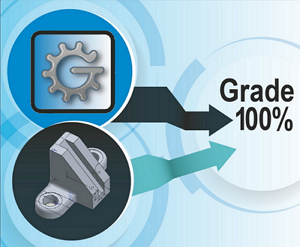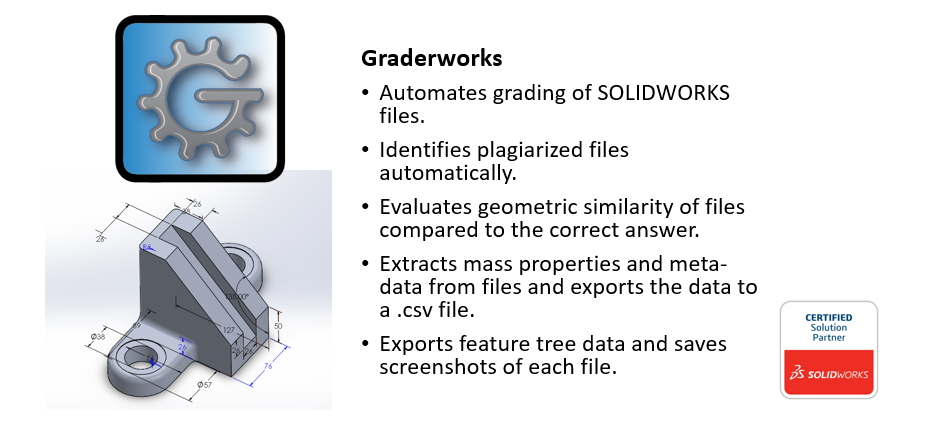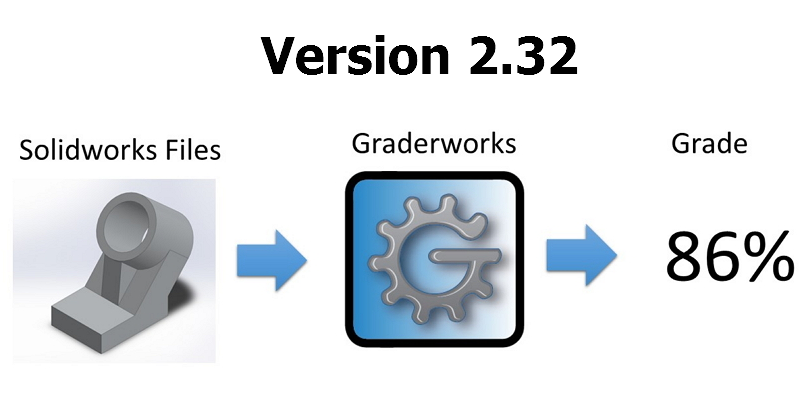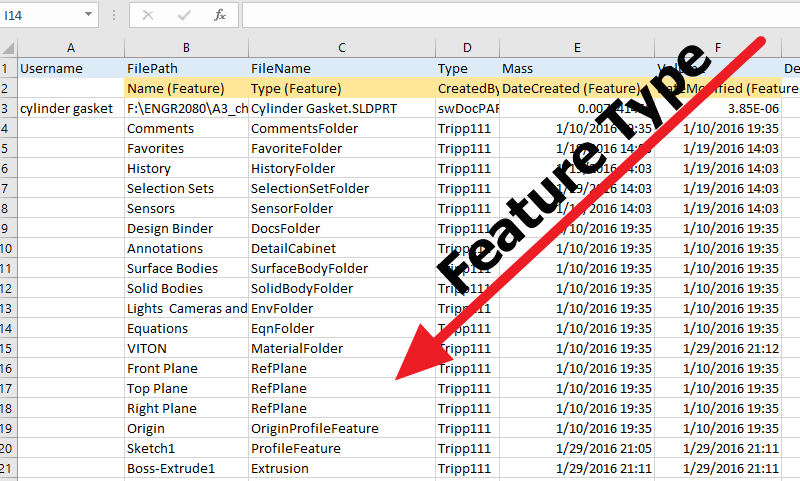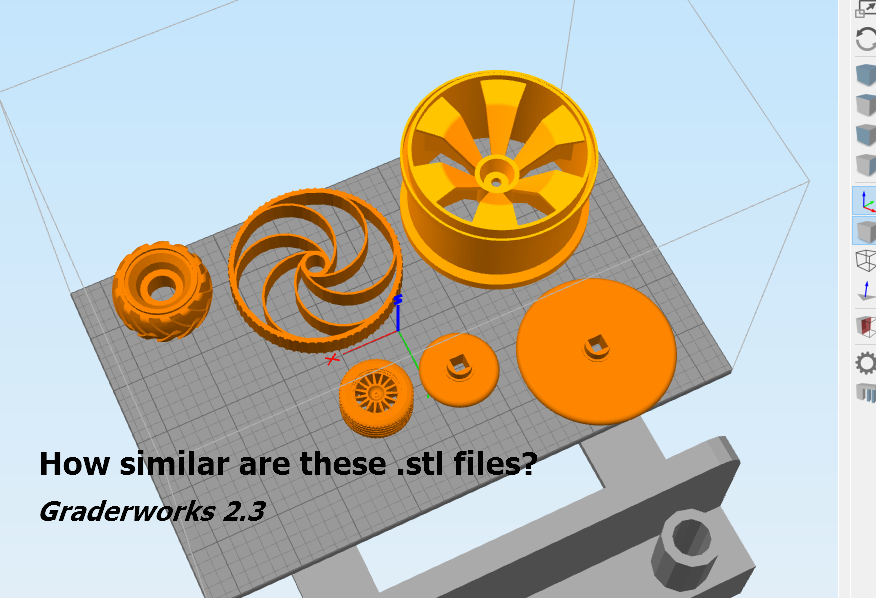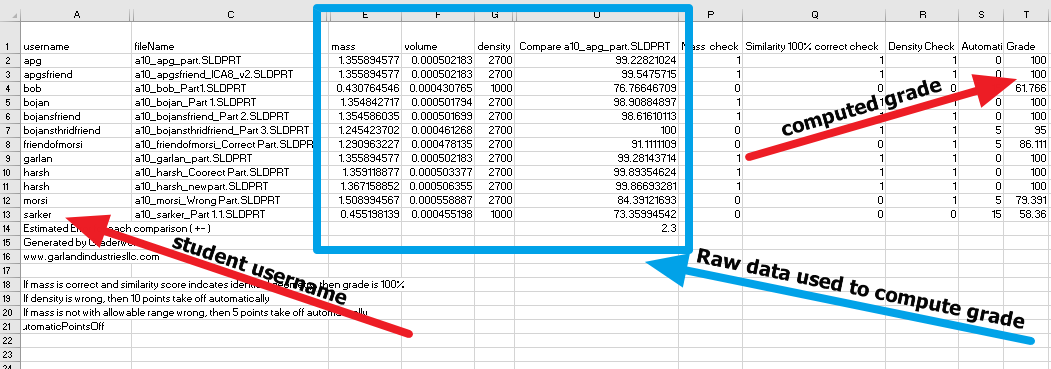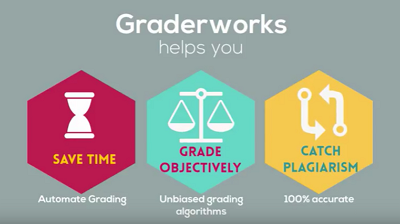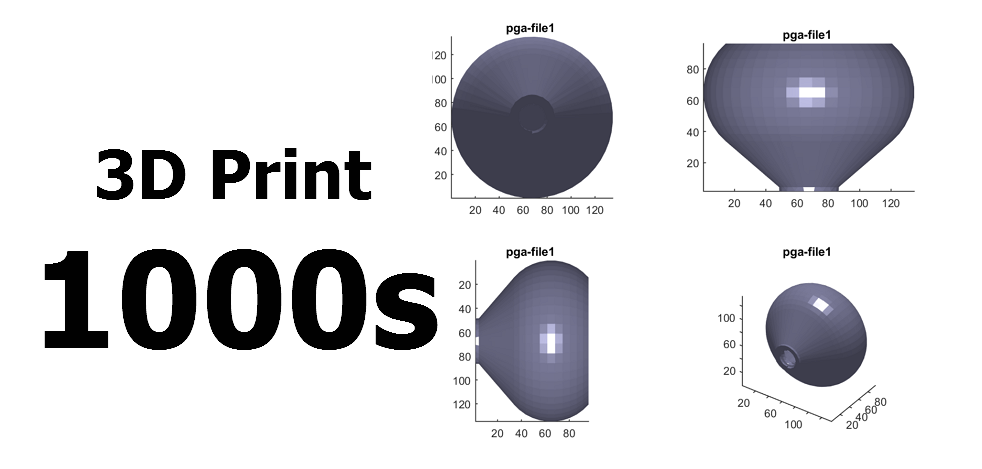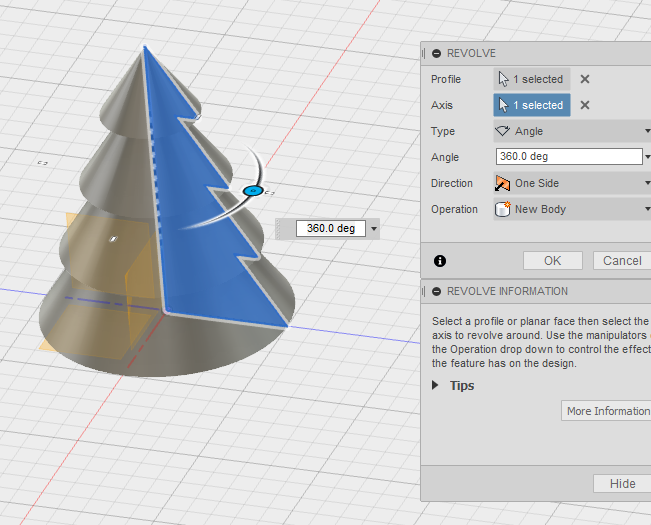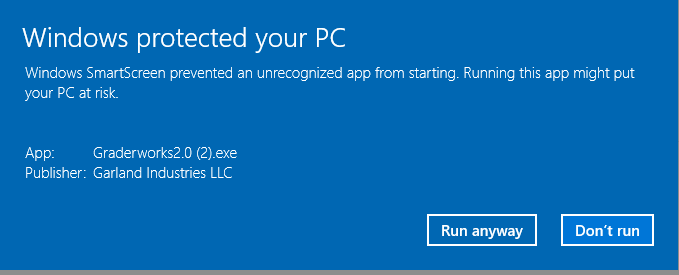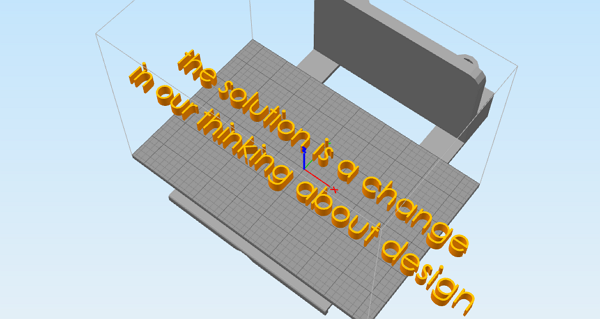Design Automation Example
by: Anthony Garland
Follow @AnthonyPGarland
After a previous post about "What should we print?", I received feedback that the post was not clear. The central theme of the last post is that "To take full advantage of additive manufacturing we must think of designs as a process rather than a final geometry." To take the full benefits of additive manufacturing, design automation must be used.
Design Automation Example
In this example, the left side of the design is clamped to a wall. A load is put on the right side. Also, a heat source is applied everywhere in the design area, and a heat sink is applied in the middle. The green material is strong and stiff but does not conduct heat well. In contrast, the blue material conducts heat very well but is flexible. The optimizer seeks to find the optimal placement material verse space, and it attempts to find the optimal placement of the two materials with different properties.
Maximizing stiffness
Minimize Temperature
Maximizing stiffness AND Minimize Temperature
Challenges
The challenge of designing one-off parts with additive manufacturing is testing and evaluation. Since one-off parts can not be tested with destructive tests, the physical simulations of the product and the manufacturing (3D printing in this case) must be highly accurate to ensure the product behaves property. The current lack of a complete understanding and simulation of the physical processes during 3D printing is one of the challenges holding 3D printing back. However, many researchers are working on solving this problem. In the videos above, the question is, "will the materials behave like the simulation predicts".
Future
The future is exciting when we consider the possibility of using machine learning to mine information from our personal devices coupled with design automation to generate personalized products instead of mass producing one-size fits most products.
Join our free mailing list!
Graderworks
- Grade student's SOLIDWORKS files quickly
- Catch Plagiarism
- Export SOLIDWORKS files to another format in bulk
Recent Articles
Evaluation of Humans and Software for Grading in an Engineering 3D CAD Course
Anthony Garland and Sarah Grigg published a paper showing the effectiveness of a
New Grading Items in GW 4.07 - 4.30
Gradeworks can help you automated SOLIDWORKS grading. New grading items include:
Graderworks 3.10 Check for Fully Defined Sketches
What's new in Graderworks 3.10? Increased data collection speed. Check for fully
Graderworks: SW 2017, Config files, Command line args
Graderworks 2.36 and higher is compatible with SOLIDWORKS 2017. Graderworks now
Graderworks: An Official SOLIDWORKS Solution Partner
Garland Industries is happy to announce that Graderworks is now an official SOL
Graderworks 2.32 Release
Graderworks 2.32 represents continued incremental improvement in the overall qua
Design Automation Example
A design automation example is given showing topology optimization coupled with
Graderworks 2.3 Release
Graderworks 2.3 allows you to compare the geometric similarity of .stl files wit
Turnitin vs. Graderworks
Graderworks is the Turnitin of 3D models. Not using a plagiarism checker in a So
Getting Started with Graderworks
This tutorial shows how to get started analyzing and grading Solidworks part fil
The Making of Graderworks Video
As an engineering entrepreneur, marketing is not my strength. To make high-quali
Organizing hundreds of .stl files for 3D printing
How would you 3D print hundreds of .stl files in the shortest time possible usin
What is unique about 3D printing?
3D Printing offers many new exciting possibilities, but why is it unique? Three
How 3D printing works
3D Printing requires three steps. 1. Getting a 3D model. 2. Slicing the model to
Preprocessing files for Graderworks: Converting .rar to .zip
Solidworks students submit .rar files instead of .zip. Graderworks requires .zip
Windows Smart Screen and Code Signing
A short tutorial on how to sign a Windows installer and what the smart screen fi
What should we 3D print?
3D Printing opens the possibility of mass customization of consumer products. Ma
Software, dying on the journey from academic project to commercial tool.
Does software make it from academic research to useful commercial tools? Ignoran
